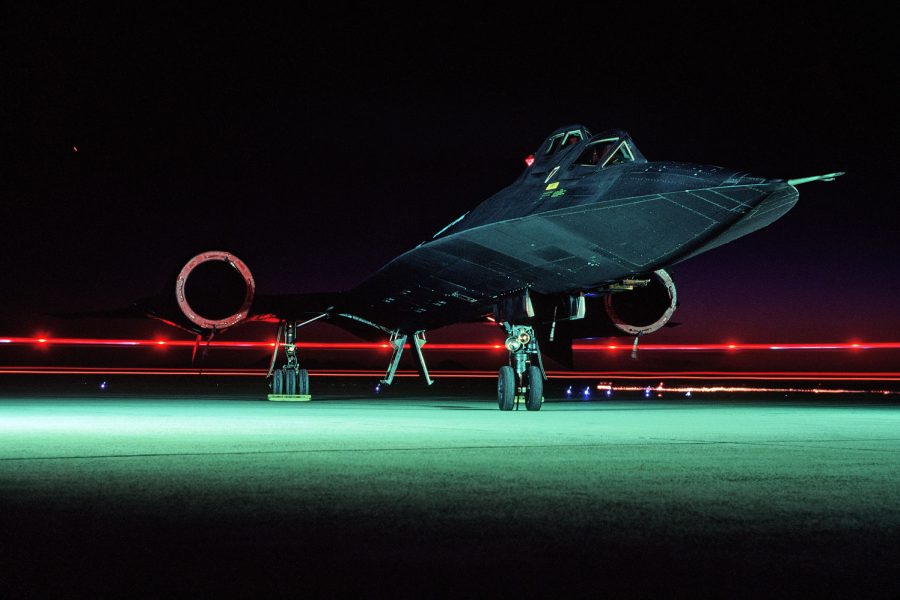America faces the most severe security environment seen since World War II, and U.S. military leaders are working aggressively to develop new strategies, operational concepts, and technologies in response. As these efforts advance, it is imperative that new ideas and concepts be validated, designed with ample resilience and be flexible enough to adjust to dynamic operations.
Part of our military’s job is to make the job of adversaries harder, presenting dilemmas that ultimately deter them from risking conflict. Possessing capabilities in multiple domains enhances deterrence by ensuring adversaries have no easy switch to counter U.S. forces. Yet budget pressures increasingly push leaders toward single-domain solutions, a risk that is especially great as some missions move from air to space. It is time to reassess these in favor of the multi-domain approach.
Make no mistake: The growth of space-based technology is among the most transformative developments in the modern era. The integration of space capabilities into joint operations over the past three decades has made the United States military more lethal, effective, and efficient. Continued transformation opportunities remain, especially in command and control (C2); intelligence, surveillance and reconnaissance (ISR); and electromagnetic spectrum operations (EMSO).
Missions that previously took days to execute when relying on airborne solutions can now be accomplished almost instantaneously from space. This includes operating over some of the most heavily defended regions on the globe—zones that would be off-limits for nearly any other military technology.
This is why so many missions have migrated to space. In the wake of the Cold War, ISR aircraft like the famed SR-71 retired in 1990 were replaced by satellites in orbit; more recently, Air Force leaders retired the E-8 JSTARS, betting that a space-based ground-moving target indicator battle management solution could replace it. More mission migration from air to space is in the works.
While much of this evolution is being driven by capability, budget factors are also an undeniable factor. Chief of Staff of the Air Force Gen. David Allvin admitted as much when he explained why Department of Defense leaders sought to cancel the E-7 Wedgetail in favor of a space-based air moving target indicator capability: “…it was a matter of money”.
While space presents tremendous opportunity, we must be careful not to create new vulnerabilities or a single point of failure. China and Russia know that our warfighting ability depends on space, which is exactly why they have turned space into a warfighting domain, fielding capabilities to disrupt and destroy our satellites, terrestrial ground stations, and the communication links that connect joint operations.
To ensure continuity of operations, the U.S. can assume no silver-bullet solutions. Only a multi-domain approach can ensure multiple solution pathways, manage risk, and complicate adversaries’ decision calculus. A combined air-space approach to C2, ISR, and EMSO is essential.
We didn’t use a single domain approach in the Cold War and we shouldn’t default to one now. After Francis Gary Powers’s U-2 was shot down over the USSR in 1960, the Air Force developed the revolutionary Corona satellite enterprise and the A-12/ SR-71 Blackbird aircraft, both of cutting-edge ISR capabilities of incredible value. Even then, the Air Force did not retire the U-2, changing how it operated in accordance with the threat. Indeed, the aircraft is still in service today.
Today’s defense leaders should learn from that approach and likewise embrace the benefits gained from integrating air and space capabilities.
That a combined set of capabilities can yield an outcome far superior to what could be delivered unilaterally is an immutable reality too powerful to ignore. If budgets are inhibiting this approach, then it is time to go back to the table for a basic, ends, ways, and means discussion regarding how best to secure mission goals and prioritize resources. This is especially true when we see costly organic service-centric solutions survive the Pentagon review process. Offsets to fund those efforts must not come at the expense of multi-domain solutions that are essential to the success of joint force operations.
“The threats the United States faces are the most serious and most challenging the nation has encountered since 1945 and include the potential for near-term major war,” noted the Congressionally charted Commission of the National Defense Strategy in its 2024 report. “It is not prepared today.”
A key part of that preparation demands embracing and resourcing a combined air-space approach to mission execution.
Douglas A. Birkey is the Executive Director of AFA’s Mitchell Institute for Aerospace Studies. Col. Charles Galbreath, USSF (Ret.), is the Senior Fellow for Spacepower Studies at the Mitchell Institute Spacepower Center of Excellence.


